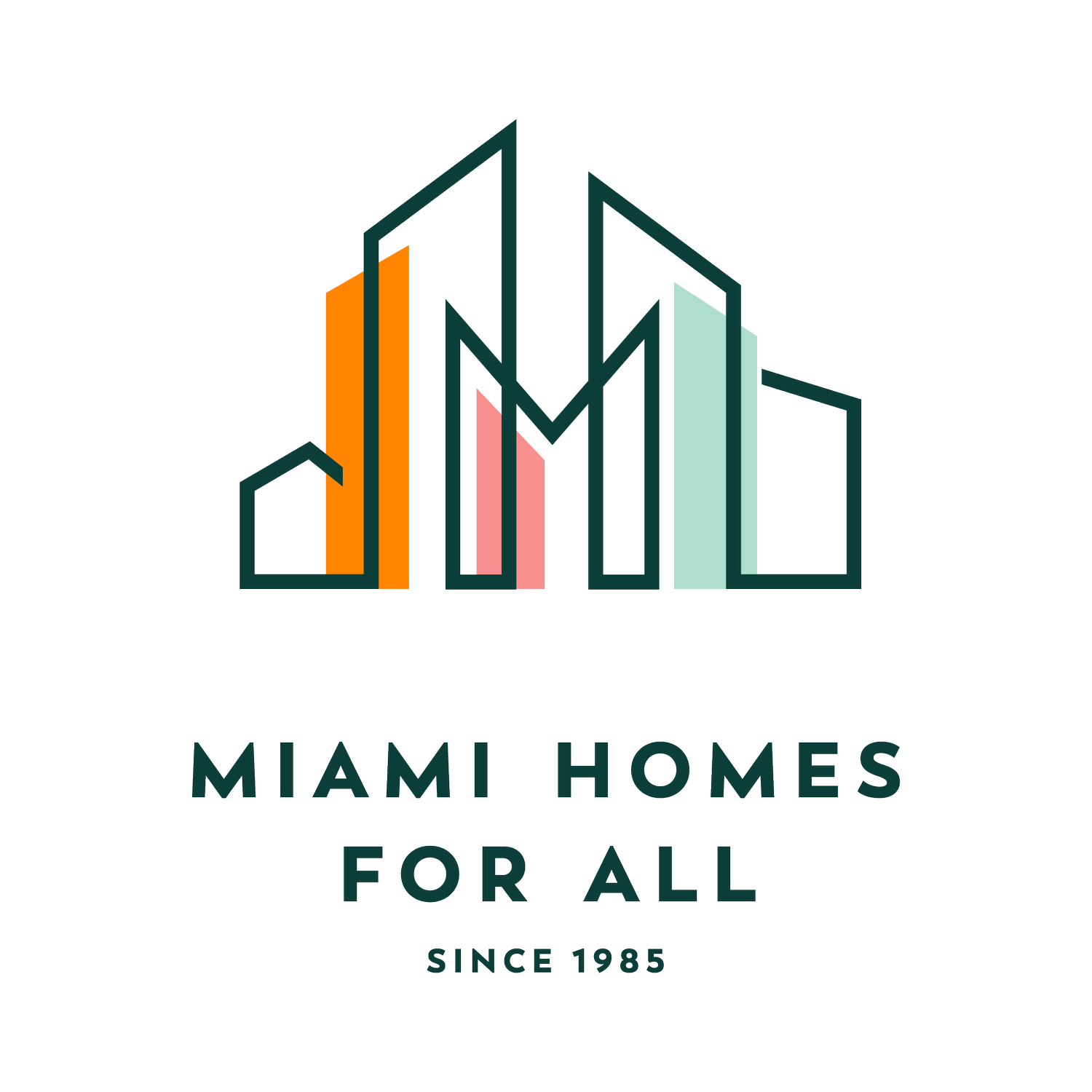
Miami-Dade Affordable Housing Framework
The Miami We All Want
We in Miami-Dade have long nurtured big visions of what our town could be—among those, a world-class cultural center; a diverse economic engine with high-paying jobs and a ready workforce; an urban and outdoor experience that competes with the best in the country; and an equitable society where everyone has the opportunity to enjoy these benefits.
This vision is threatened by an explosive problem: housing insecurity. We set out to create this Affordable Housing Framework, in partnership with the University of Florida’s Shimberg Center for Housing Studies, to tackle this issue. With support from J.P. Morgan Chase & Co., we worked for 2 years on best practice and policy research, held over 50 meetings with policymakers and community stakeholders, and engaged over 700 people along the way. The Framework is the result.
An Explosive Crisis
For years already, Miami-Dade County has been suffering from a serious affordable housing crisis, with 50% of all households cost-burdened as of 2018. Most of these households earn lower incomes. 250,000 of them (30% of all households) earn less than $35,000 per year and pay more than they can afford for their rent or mortgage. It is safe to assume that the economic shutdown caused by COVID-19 has increased housing insecurity. Tens of thousands of working residents are estimated to have lost their jobs just in the first month of the shutdown, especially in the service and hospitality sectors. Those struggling to pay for their housing are more likely to be Black and Hispanic. 53% of Black, non-Hispanic households are cost burdened, as are 52% of Hispanic households of any race, compared to 37% of White, non-Hispanic households.
How much do we need?
The combination of expensive housing stock relative to incomes means that we have a significant shortage of affordable homes.
Today, there is a gap of 121,820 units that are affordable and available to renters earning 0-50% of AMI. Meanwhile, 42,920 homeowners earning 50-80% of AMI are cost burdened.
Assuming pre-pandemic trends in population, job growth, development, and wages, estimates show that the gap in affordable rental homes will increase to 160,460 by 2030, and cost burdened homeowners will increase to 49,449. We can assume that the pandemic has disrupted these trends, such that the gap in affordable housing will likely be larger than originally projected without a significant intervention.
What is our shared goal?
To meet our current and future need, we should produce or preserve affordable homes for 210,000 households by 2030.
These efforts should be targeted towards 160,000 renter households earning less than 50% of AMI and 50,000 owner households earning less than 80% of AMI. This tracks with residents’ needs and racial and ethnic disparities as articulated in the Shimberg Center’s report and as expressed during community engagement.
We recognize the magnitude of this ten-year goal is overwhelming. Fortunately, work has already been done to get us started. Over the next two years, our community should commit to constructing the initial pipeline from Miami-Dade County’s Closing In On 10,000—A Housing Summit, which recommends producing approximately 11,000 affordable units while preserving 2,300. We should also pursue the first batch of deals articulated by Connect Capital Miami, which represents about 1,500 new affordable units.
Achieving this pipeline will be a meaningful start, building momentum for the next decade of work.
Development Pathways
How will we build it?
To achieve our ambitious goal, we must start somewhere meaningful. The Steering Committee identified four priorities that would accelerate more production over time: preserve existing affordable housing; assist renters and owners; leverage vacant and underused land, and invest more money in development—or PALM. We recommend that the Board of County Commissioners, Florida State Legislature, and United States Congress pursue PALM over the next 12-24 months.
Preservation
Create acquisition/rehab fund to preserve subsidized and unsubsidized housing.
Form public sector interagency council to prevent the loss of subsidized properties.
Assistance for Renters + Owners
Require eviction and foreclosure diversion programs.
Provide more funding for housing assistance.
Extend the required notice period for the termination of month-to-month tenancies from 15 to just 30 days.
Land
Identify an initial inventory of parcels and pilot several deals on assemblages across those jurisdictions.
Agree upon a formal strategy for the optimal deployment of publicly-owned land.
Provide incentives to institutional landowners to build new affordable housing.
Increase the price cap on the Infill Housing Program to a level affordable for homebuyers that earn up to 80% of AMI.
Money for Development
Advocate for a major federal stimulus package that funds housing for extremely low- and very low-income households.
Fully fund the Sadowski Affordable Housing Trust Fund.
Consider new sources of revenue, such as a vacancy tax.
Create a fund collective that coordinates corporate, philanthropic, and public funding sources.







